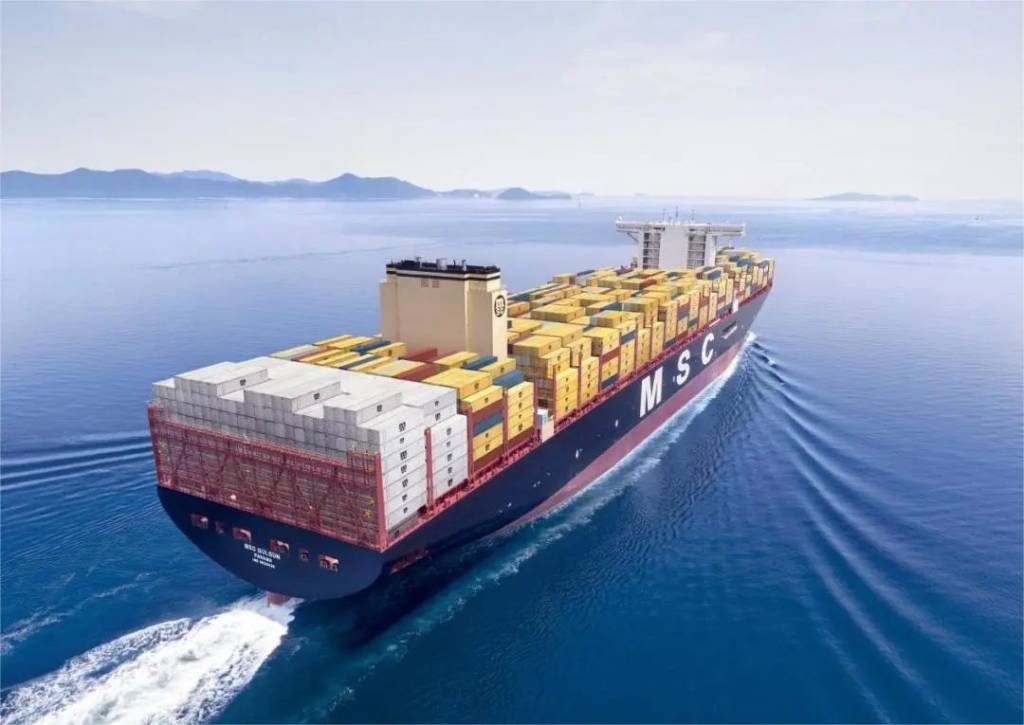Shipping Brake Pads from Guangzhou/Shenzhen to Semarang Port, Indonesia
1. Shipping Options
For this shipment, there are two main options: Full Container Load (FCL) and Less-than-Container Load (LCL).
FCL (Full Container Load): If the shipment consists of enough brake pads to fill an entire container, an FCL service is the most economical and efficient. Typically, for sea freight, a 20FT or 40FT container is used. The estimated time for sea transit from Guangzhou/Shenzhen to Semarang is around 7 days, depending on the shipping route and weather conditions.
LCL (Less-than-Container Load): If the shipment volume is smaller, you may opt for LCL, where the cargo is consolidated with other shipments in a shared container. While this may take slightly longer due to the need for consolidation, it can be a more cost-effective option for smaller shipments.
2. CIF Shipping Terms
Under the CIF (Cost, Insurance, and Freight) terms, the seller (exporter) is responsible for covering the costs, insurance, and freight charges until the goods arrive at Semarang Port in Indonesia. This means that the seller handles most of the logistics expenses and risk until the goods are delivered to the destination port, but once the cargo reaches Semarang, the buyer (importer) will take responsibility for customs clearance and any further transportation to the final destination.

3. Sea Freight Duration
The journey from Guangzhou/Shenzhen ports to Semarang Port typically takes about 7 days. However, transit times can vary depending on the specific carrier, the chosen route, and any possible delays in loading or unloading.
4. Packaging of Brake Pads
Proper packaging is crucial to ensure that the brake pads arrive at their destination safely without damage. Since brake pads are often heavy and can be sensitive to moisture, the following packaging practices are recommended:
Outer Packaging: Brake pads should be securely packed in sturdy cardboard boxes or wooden crates. The packaging should be strong enough to withstand the rigors of sea transport and handling at the port. Each box should be clearly labeled with the correct handling instructions and the destination address to avoid any confusion.
Inner Packaging: Brake pads should be wrapped in plastic shrink film to protect them from moisture, dust, and scratches. For added protection, they can also be wrapped in bubble wrap or foam padding. If the shipment includes multiple sets of brake pads, they can be grouped in layers within the container to prevent any shifting during transit.
Container Loading: When loading the container, the brake pads should be evenly distributed to avoid heavy shifting during the sea journey. Proper stowage helps minimize the risk of damage caused by movement or compression during transport. For FCL shipments, securing the brake pads with appropriate materials (e.g., strapping, wooden pallets) is essential.
5. Port-to-Port Process
Once the goods reach Semarang Port, the consignee is responsible for completing the customs clearance process, including paying any import duties and taxes. After customs procedures are completed, the goods can be transported to the final destination, whether it’s a warehouse or a distribution center.



